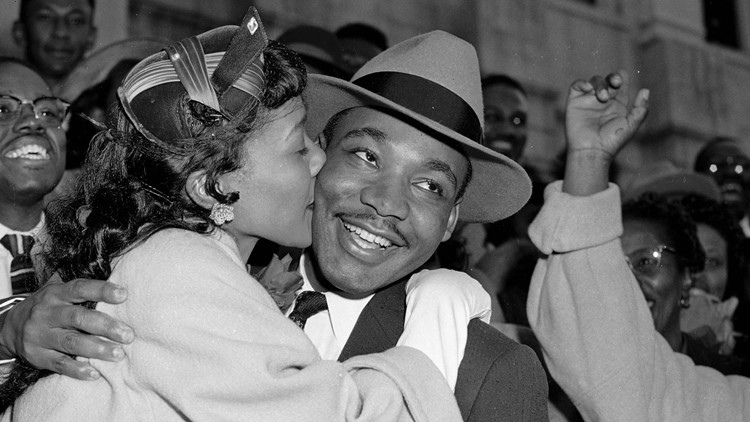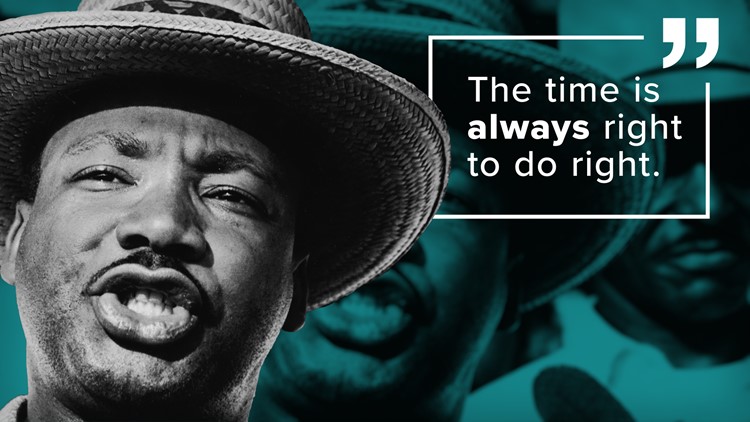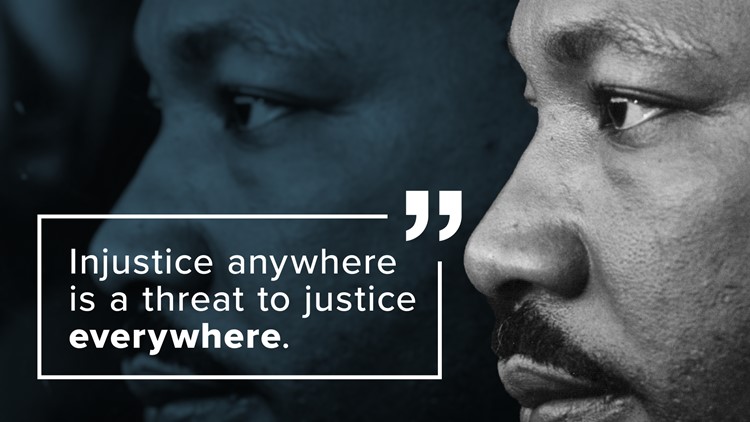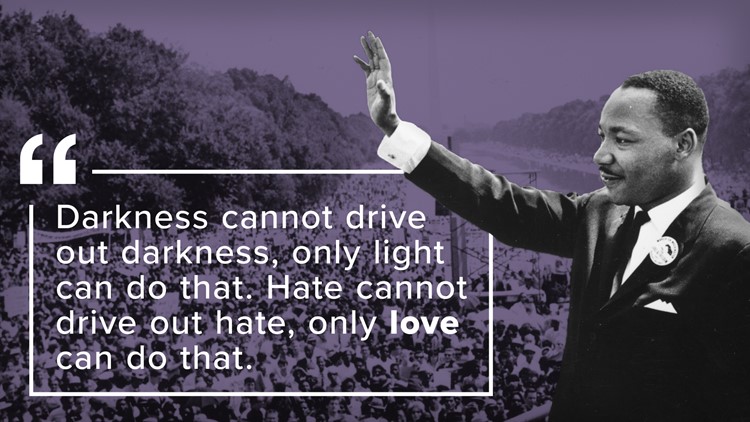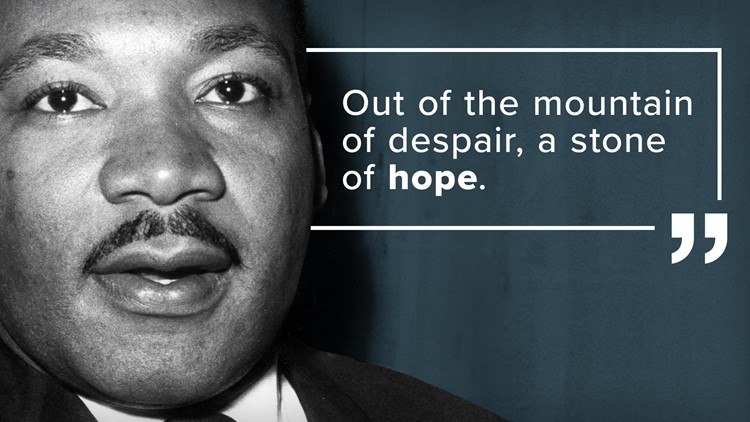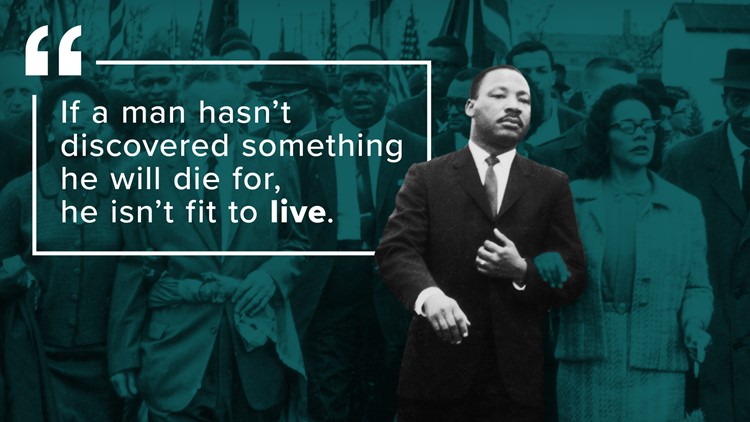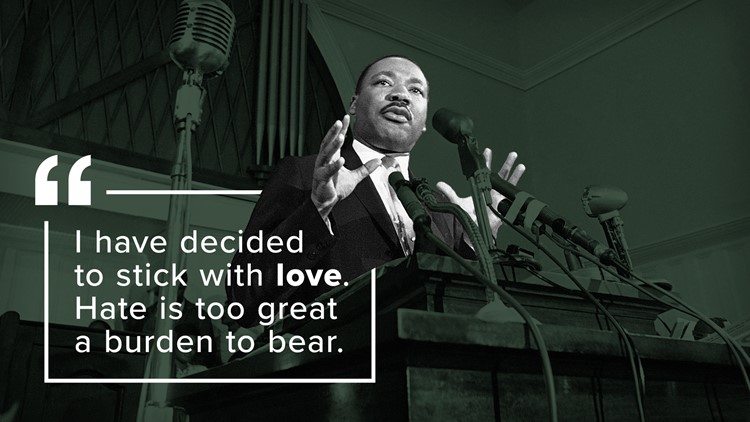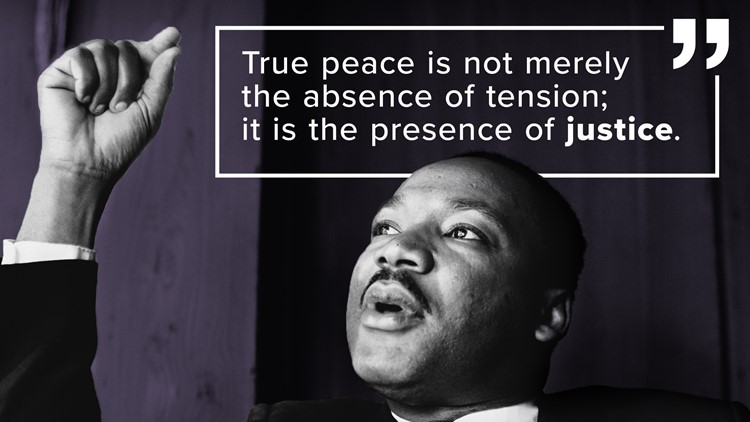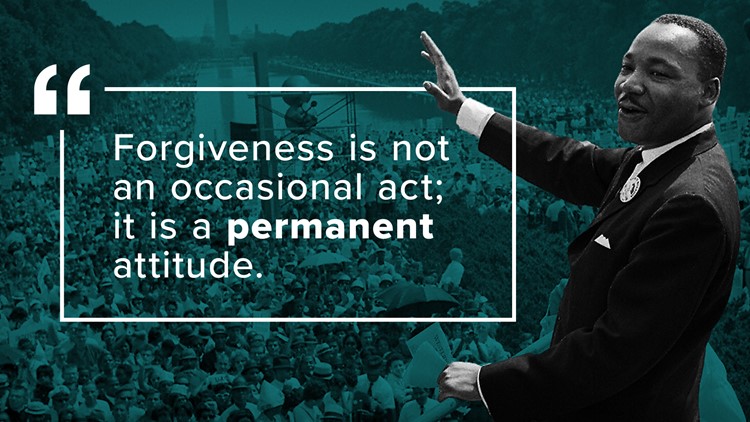ATLANTA — Martin Luther King Jr.'s first major boycott was the Montgomery Bus Boycott. The Montgomery Bus Boycott, is perhaps, one of the most famous boycotts in Black American history -- and the nation's history at large.
The main mission of the boycott was to protest segregated seating on public buses in Montgomery, Alabama.
King and Rosa Parks became the faces of the movement, alongside many others, as the world watched.
Here are some top facts about the historic boycott:
- The boycott was not just a one-day event. The boycott was a 13-month long event that began on Dec. 5, 1955, and ended on Dec. 20, 1956.
- Many people consider it one of the (successful) first large-scale economic push against segregation in the U.S.
- You may know the story about how Parks refused to get off the bus, but what you may not know is that she actually had an encounter with that same bus driver, J. Fred Blake, months earlier. When Parks was arrested for refusing to give up her seat, she called another prominent activist, E.D. Nixon, who bailed her out of jail. From there, African American leaders decided Parks had a great image that would make for a strong legal challenge in court. King described Parks as "one of the most respected people in the Negro community," in his memoir.
- King was the president of the Montgomery Improvement Association in 1955, who coordinated the boycott, and King began to arise as a prominent and powerful civil rights leader.
- When the Boycott was called to action on Dec. 5, The Martin Luther King, Jr. Research and Education Institute reports that 90% of people stayed off the bus. Later in the evening, the MIA decided to continue the boycott.
- On Dec. 8, the organization met with Montgomery city leaders and Bus officials to discuss and issue a formal list of demands. The demands were not met which extended the boycott.
- According to Standford's encyclopedia, "courteous treatment by bus operators; first-come, first-served seating for all, with blacks seating from the rear and whites from the front; and black bus operators on predominately black routes" were some of the requested demands.
- During the extension of the boycott, Black citizens were penalized and targeted in a multitude of ways. Carpools, taxi options, walking, and more were just some of the options citizens used to stay off the bus.
- Both King and Nixon's homes were bombed. King's home was bombed on Jan. 30, 1956. Nixon's home was bombed on Feb. 1, 1956.
- Multiple leaders and participants served jail time, were physically and emotionally abused, mistreated, and much more.
- The Supreme Court ultimately ruled that bus segregation was unconstitutional. No law could require segregated seating on buses.
- This boycott and the nonviolent efforts that King preached and many others embodied, set the stage for more court challenges, wins, and losses to come.
Martin Luther King quotes
Sources:
- Stanford's The Martin Luther King, Jr. Research and Education Institute
- History.com


